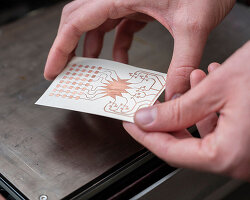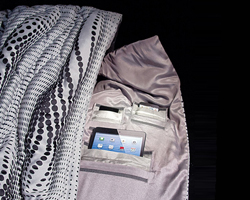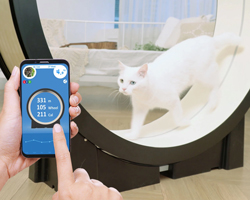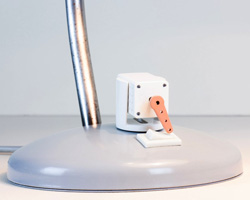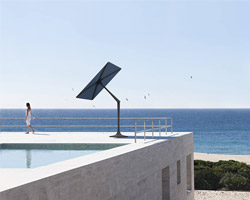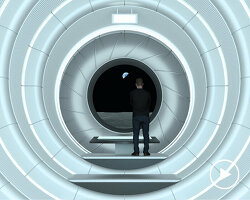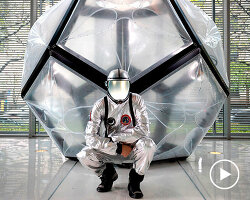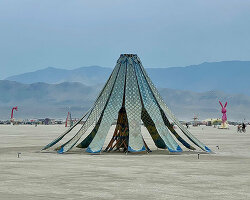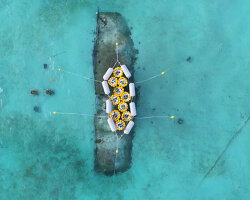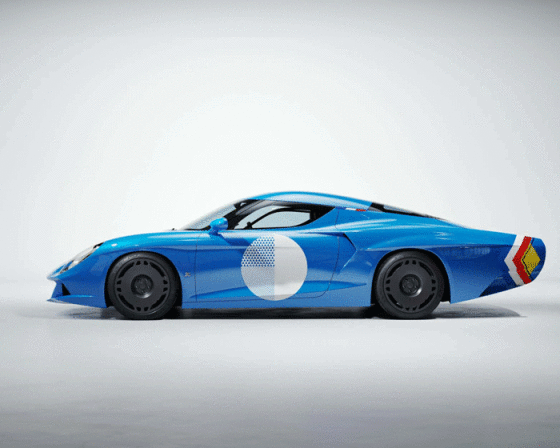KEEP UP WITH OUR DAILY AND WEEKLY NEWSLETTERS
PRODUCT LIBRARY
using a model from 1990s, the trio turns the vehicle into an automotive art piece with boom boxes on the removable roof.
tesla plans to begin production of the fully autonomous taxi over the next two years.
connections: +1170
in an interview, andrea zagato and marella rivolta zagato discuss their timeless art of coachbuilding in an evolving automotive industry.
connections: +920
in an interview with designboom, the french designer explores the design process and influences of the electric restomod, joined by renault’s sandeep bhambra.
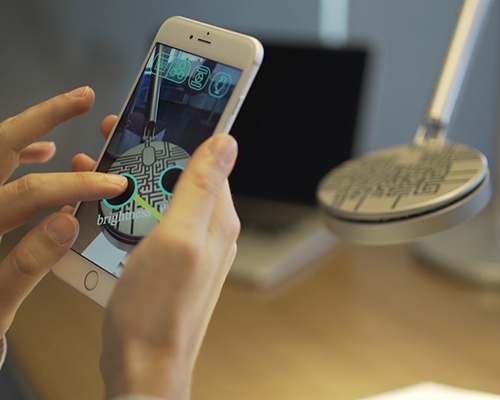
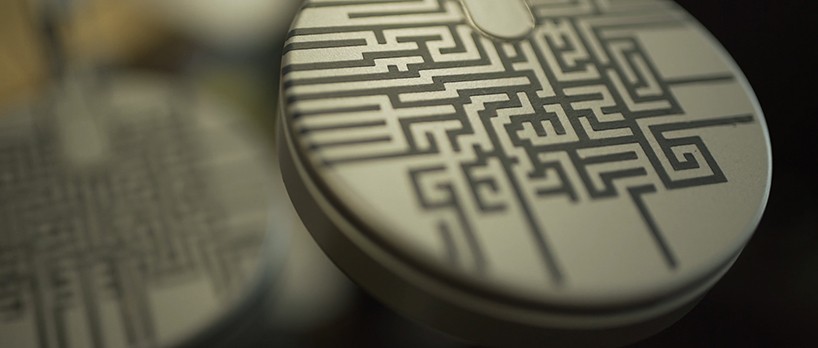 re-designed QR codes for recognizing objects
re-designed QR codes for recognizing objects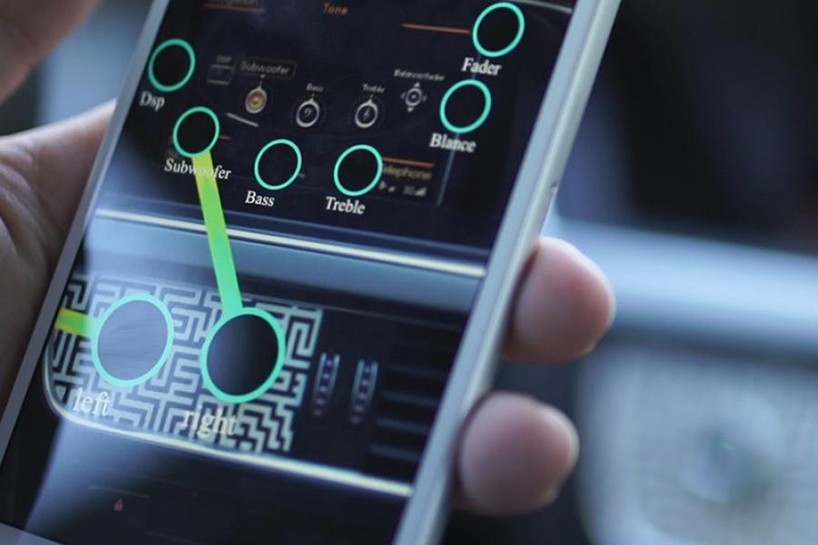 the interface draws lines for connecting actions
the interface draws lines for connecting actions 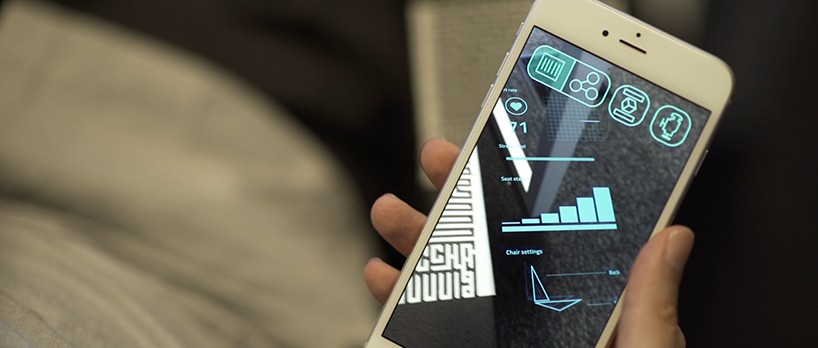 even chairs can be outfitted with the platform to offer added statistics
even chairs can be outfitted with the platform to offer added statistics 